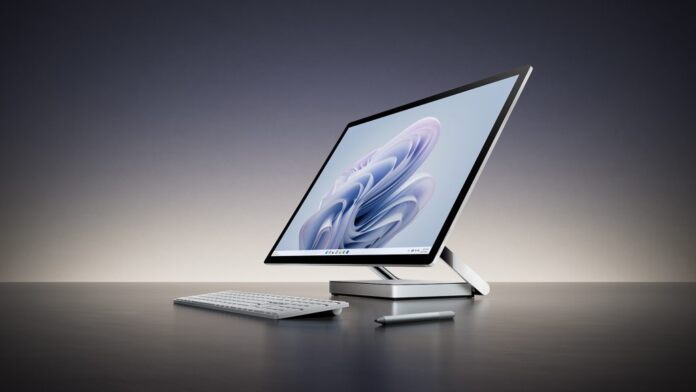It was widely thought the company would introduce a new generation Surface Studio 3 at the event this year. However, rumors that began last month about Microsoft using old specs on the new machine raised doubts. Now it is clear both were true, there is a new Surface Studio and it does have old specs. It is called the Surface Studio 2+ and acts as a refresh of the previous model rather than an overhaul. Although considering the four-year gap between the releases, this must be the most bizarre device refreshes ever. Categorizing this device and trying to say if it is worth the massive $4,300 price is not easy. It is definitely much better than the previous model, but then you would expect that considering it is four year newer. You would also expect for the sky-high price that the Surface Studio 2+ offers the latest technology. Not quite.
Worrying Specs
It has an Intel H35 11th-gen CPU with NVIDIA’s RTX 3060 GPU. That is good enough for a major performance boost over the older Surface Studio 2. However, there is no getting away from the fact the CPU is nearly two years old and the GPU is the last generation. Elsewhere, everything else is almost identical. A 1TB SSD and up to 32GB RAM, alongside the 28-inch PixelSense display. Furthermore, the Surface Studio 2+ retains the sumptuous and ergonomic design of the previous models, with the undisputed functionality also still around.
The problem is you get them with older Studio devices. Does Microsoft’s frankly cheeky upgrade warrant getting the new model? For those new to the Surface Studio experience or those who want a truly unique desktop, the answer may be yes. For everyone else, this will surely be a hard pass. Either way, you can decide for yourself with pre-orders for the Surface Studio 2+ opening today. Microsoft says shipments will start on October 25. Tip of the day: To prevent attackers from capturing your password, Secure Sign-in asks the user to perform a physical action that activates the sign-in screen. In some cases, this is a dedicated “Windows Security” button, but the most common case in Windows is the Ctrl+Alt Del hotkey. In our tutorial, we show you how to activate this feature.





